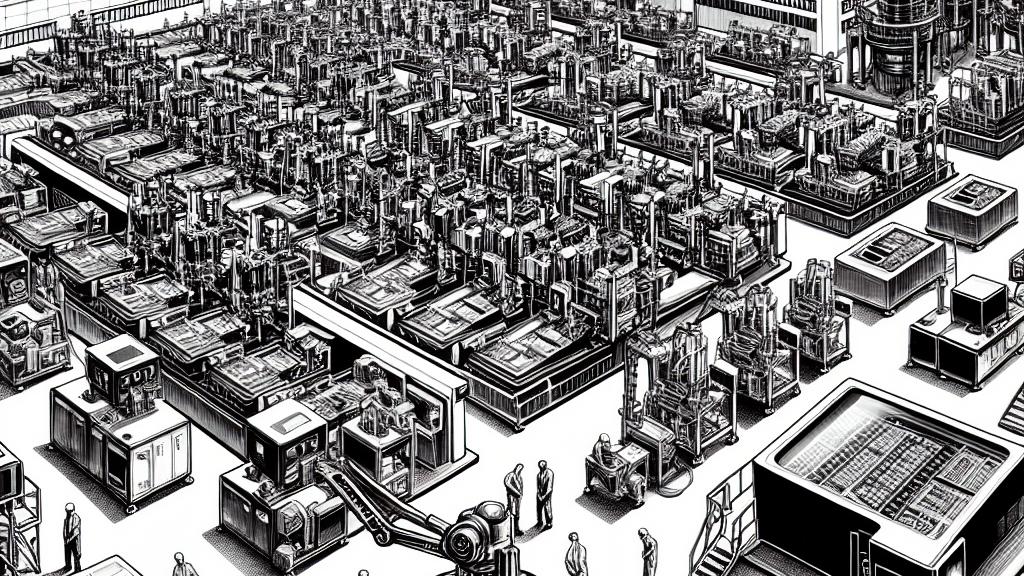ASML's Forecast Cut Signals Overcapacity Issues in Chip Manufacturing
Overview
- ASML's drastic cut to its 2025 sales forecast to €30-35 billion has raised alarms in the semiconductor market.
- Experts believe this adjustment highlights a well of overcapacity in chip manufacturing rather than a dwindling demand for chips.
- Leading manufacturers like TSMC and Intel are leveraging ASML's technology more efficiently, leading to significantly fewer new orders.

Understanding the Forecast Adjustment
ASML, a titan in the semiconductor equipment landscape headquartered in the Netherlands, has recently shocked investors by slashing its sales forecast for 2025 to the lower range of €30 billion to €35 billion. This significant downward adjustment has inevitably sparked panic within the financial markets, leading many to interpret it as a sign of potential trouble ahead. However, upon closer inspection, analysts clarify that this forecast downturn does not point to a collapse in chip demand; in fact, the primary issue lies in the overcapacity seen in chip manufacturing plants. These factories, which ramped up production dramatically during the pandemic era, have now honed their processes, significantly increasing their operational efficiency and thereby reducing the necessity for fresh equipment orders from ASML.
The Broad Implications of Overproduction
The repercussions of this phenomenon pose challenging questions for the industry. Leading players, including TSMC, Intel, and Samsung, initially expanded their production capabilities with the assumption that demand would remain at elevated levels. Nevertheless, the market experienced a paradigm shift as supply chains stabilized and demand eased from its pandemic-induced highs. The reality now is stark: many manufacturers are grappling with an inventory surplus, having produced far more than they can sell. ASML's revised projections serve as a critical signal within this landscape, indicating a widespread trend where various equipment suppliers are similarly facing order reductions. Such developments clearly emphasize the ongoing transformation within the semiconductor sector, revealing how manufacturers are becoming more adept at harnessing existing capabilities instead of seeking constant growth through new machinery.
Navigating the Future of the Semiconductor Industry
Looking ahead, the ramifications of this overproduction dilemma create an intricate web of challenges and opportunities for the semiconductor industry. Companies must not only confront the issues of excess capacity but also strategize to maintain profitability in an evolving market. This may involve pivoting toward emerging tech avenues, such as artificial intelligence or renewable energy, which continue to see robust growth. For example, the automotive industry's electrification and the rise of smart devices present lucrative opportunities for semiconductor firms willing to adapt. Amidst this shifting landscape, agility and innovation will be imperative, as companies strive to stay relevant and competitive while navigating the complexities of changing demand dynamics. Ultimately, the semiconductor industry must embrace transformation, ensuring that it remains a vital force in the modern technological ecosystem.

Loading...